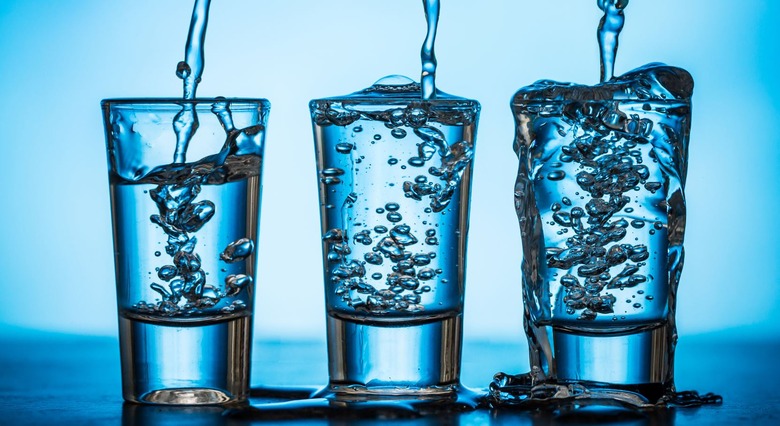The Fascinating Reason Alcoholic Strength Is Called "Proof"
One of the first things taught in Drinking Alcohol 101 is the definition of the term "proof": In the U.S., it's the percentage of alcohol, times two. For example, if a bottle of vodka is 40 percent alcohol, it's 80 proof. But why exactly is it called "proof"? The answer is a lot more interesting than you might think.
The term actually dates back to England in the 1500s, back when spirits were taxed at different rates depending on their alcohol content. Back then, alcohol content was tested based on a rather rudimentary method: A pellet of gunpowder would be soaked in the spirit, and if the gunpowder still burned, then the alcohol content was "proven" to be higher than 57.15 percent and taxed at a higher rate. This type of spirit, with its high alcohol content (much higher than the standard 40 percent) was deemed to be "over-proof," a term that's still used in the industry for any spirit (usually rum) with an alcohol content higher than 57.5 percent (Bacardi 151, for example, is 75.5 percent alcohol).
This rather primitive way of approximating alcohol content didn't stick around for very long; by the early 1800s it was replaced by testing specific gravity with a hydrometer (comparing the liquid's density to that of water), which is still the process used today. But the term stuck around! For alcohol "facts" that aren't actually true, click here.
